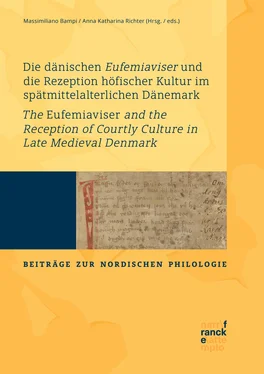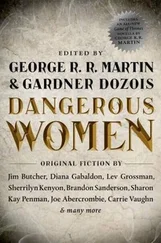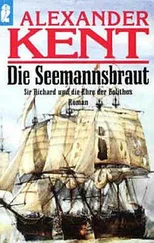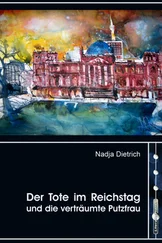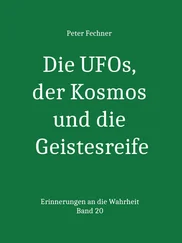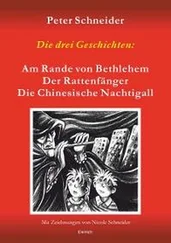The social provenance of the manuscripts is uncertain in most cases, but in some cases there is information concerning owners and scribes. When it comes to ownership, the information we have points in the direction of the aristocracy (including the royal family).8 All three Eufemiavisor Eufemiavisor (schwed.) are assumed to have been prepared for Princess Ingeborg and Duke Erik (Degnbol 2014: 87–88), and the inventory in the charter from 1346 places manuscripts of two of the texts in the royal family, although one is noted to have been given to the Justiciar Erling Vidkunsson of Norway (see footnote 13). Of the fifteenth-century manuscripts, two, namely D 4Codex Holmiensis D 4 (Stockholm, Kungliga biblioteket)aCodex Holmiensis D 4a (Stockholm, Kungliga biblioteket, Codex Verelianus / Fru Märetas bok) and D 3, were produced for and owned by a mother and her daughter in the high nobility within the landowning aristocracy (Backman 2017: 27–32). These examples clearly show that this kind of literature was part of an aristocratic reading culture. In two cases we know that the manuscripts were produced by scribes connected to different religious institutions, and it is possible that they could have been meant to be used within these institutions. This pertains to MS AM 191 fol.AM 191 fol. (Den Arnamagnæanske Samling, Kopenhagen), which was written and owned by the chaplain of Askaby Cistercian nunnery, and MS D 2, which was written by the scribe of a bishop in Linköping in central Sweden.9 In the case of AM 191, some redactional choices seem to be have been motivated by considerations regarding a female audience, which could be explained with an intention to use the manuscript at the Cistercian convent where the chaplain was active (Bampi 2017). The connection to the nobility is, however, still relevant in this case, as the sisters were in all probability of aristocratic lineage. The remaining manuscripts – the fragment R III, and MSS D 4, E 9013Ms. E 9013 (Stockholm, Riksarkivet) and K 4Codex Holmiensis K 4 (Stockholm, Kungliga biblioteket)5 – carry no clear or explicit information on ownership.
What we see in Sweden is thus a sudden outburst of romance and other texts connected to the courtly culture in the beginning of the fourteenth century. These were likely inspired partly by the Norwegian literary culture and partly by the continental, probably German, one. In the fifteenth century, the Eufemiavisor Eufemiavisor (schwed.) continued to attract interest, as we find them in manuscripts, and there was moreover a production of new texts. These new texts did not resemble the old Eufemiavisor as they were written in prose and also departed from the traditional romance material. The manuscripts show that the texts circulated among the aristocracy and that some of them were possibly read within religious institutions.
If we turn to Denmark, the history is even more difficult to grasp, as the preserved texts and manuscripts are late and even rarer than in Sweden. There are no known courtly literary texts in Old Danish from the fourteenth century, although we might assume the existence of ballads and other orally transmitted texts, perhaps already in the thirteenth century (Dahlerup 1998: 151–154). Only two manuscripts with romances are preserved from the fifteenth century, namely Stockholm, Kungliga biblioteket, K 4Codex Holmiensis K 4 (Stockholm, Kungliga biblioteket) from the latter half of the fifteenth century and Stockholm, Kungliga biblioteket, K 47Codex Holmiensis K 47 (Stockholm, Kungliga biblioteket) from around 1500.10 There might well have been a larger number of texts and manuscripts, also of greater age, that were lost in the 1728 Copenhagen fire, but it is also possible that a vernacular literary culture in Danish did not emerge before the fifteenth century.11
| Old Danish chivalric texts |
Pages in MS K 47 |
Old Swedish source texts |
| Ivan løveridder |
222 |
|
Herr Ivan |
| Hertug Frederik af Normandi |
83 |
|
Hertig Fredrik av Normandie |
| Dværgekongen Laurin |
32 |
|
– |
| Persenober og Konstantianobis |
54 |
|
– |
| Den kyske dronning |
23 |
|
– |
| Flores og Blanseflor |
74 |
|
Flores och Blanzeflor |
Table 2: Romances in Danish medieval manuscripts in the order they appear in MS Stockholm, Kungliga biblioteket, K 4Codex Holmiensis K 4 (Stockholm, Kungliga biblioteket)7Codex Holmiensis K 47 (Stockholm, Kungliga biblioteket).
A complete library of all known Danish medieval chivalric texts can be found in MS K 4Codex Holmiensis K 4 (Stockholm, Kungliga biblioteket)7Codex Holmiensis K 47 (Stockholm, Kungliga biblioteket), and its contents are shown in Table 2. It includes translations of the three Old Swedish Eufemiavisor Eufemiavisor (schwed.) and the three chivalric tales only known in Danish: Den kyske dronning Den kyske dronning (ʻThe Chaste Queenʼ), Dværgekongen Laurin Dværgekongen Laurin (ʻThe Dwarf King Laurinʼ, built upon sources about Didrik of Bern) and Persenober og Konstantianobis Persenober oc Constantianobis (ʻPersenober and Konstantianobisʼ of the Partonopeus de Blois tradition). Den kyske dronning has been suggested as a possible original work in Danish that relied on themes that were used in other texts.12 K 47 is thought to stem from around 1500.13
Slightly older is the manuscript MS K 4Codex Holmiensis K 4 (Stockholm, Kungliga biblioteket), dated from around 1480, which contains Ivan løveridder Ivan løveridder (dän.), the Danish translation of Herr Ivan Ivan lejonriddaren (schwed.), together with other works of piety, among them a large number of legendary texts (Layer 2015: 278; Bullitta 2017: 5–8).
According to information in the texts themselves, Den kyske dronning Den kyske dronning was created in 1483 by an otherwise unknown Jep Jensen, and Persenober og Konstantianobis Persenober oc Constantianobis was written in 1484.14 The third of the Danish romances, Dværgekongen Laurin Dværgekongen Laurin , carries no similar dating, and, as already mentioned, there is no information about the translation of the three Eufemiavisor Eufemiavisor (schwed.).15
The social provenance of the two manuscripts can only be hypothesised, but there are some interesting details that indicate female audiences in both cases. Bullitta (2017) has pointed out that the MS K 4Codex Holmiensis K 4 (Stockholm, Kungliga biblioteket) legendary material mainly consists of female saints, and in one occurrence the text addresses its audience as “sisters”. In MS K 47Codex Holmiensis K 47 (Stockholm, Kungliga biblioteket), Hertug Fredrik and Flores og Blanseflor Flores og Blanseflor (dän.) carry the interesting note in the colophon that they were penned by a female writer, and in the texts of both Ivan løveridder Ivan løveridder (dän.) and Hertug Fredrik there are some deviations from other text witnesses, which seem to be motivated by an adaption to a female audience.16 No changes with a similar intent have so far been suggested concerning Flores og Blanseflor . Nevertheless, adaptation to a female audience might possibly be the explanation for why one of the three sons of Blanseflor and Flores in the Swedish original was exchanged for a daughter in the Danish text, a rewriting that is described and discussed in Richter (2018/2019: 47–48). This exchange probably was meant to connect the story dynastically to the history of Charlemagne, as Charlemagne’s mother Berthe is described as the daughter of the couple in the continental tradition of Floire et Blanchefleur Floire et Blanchefleur . Still, to bring forth a historically important female heir, is a detail that could be seen in the light of the rewriting tendency in the other two Eufemiavisor in K 47, but the text needs further analysis before any conclusions might be drawn.17 In summary, we find one manuscript connected to the religious sphere and one with no such obvious religious connections, but both of them were probably made for a female audience.
Читать дальше
